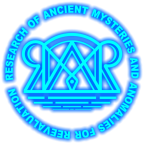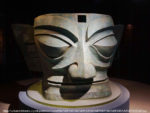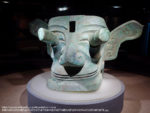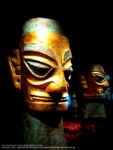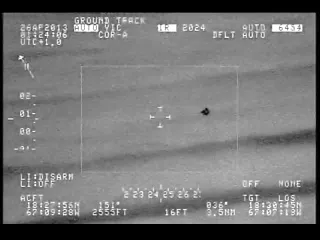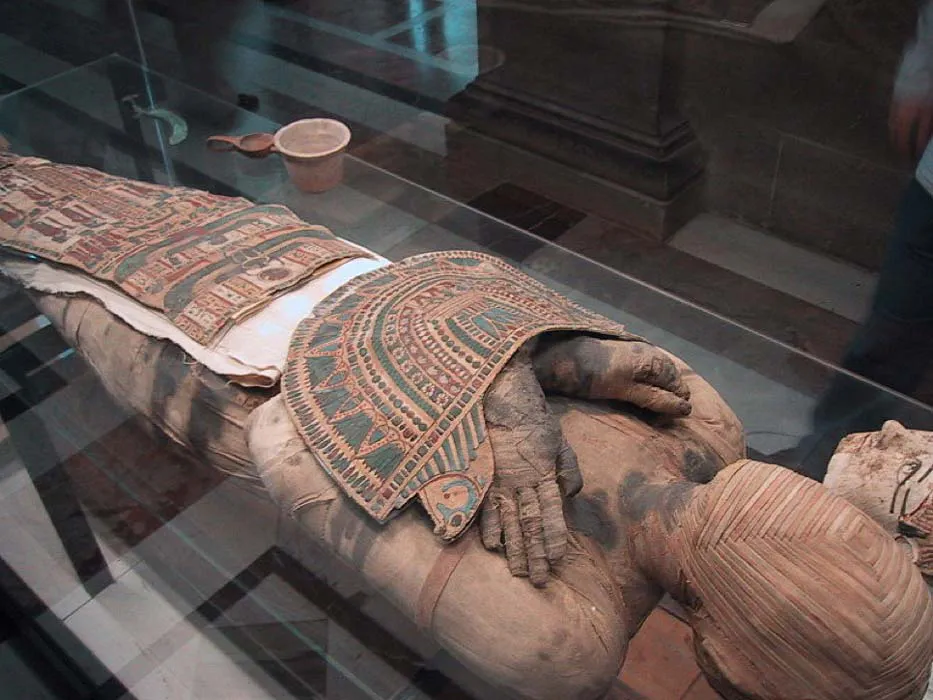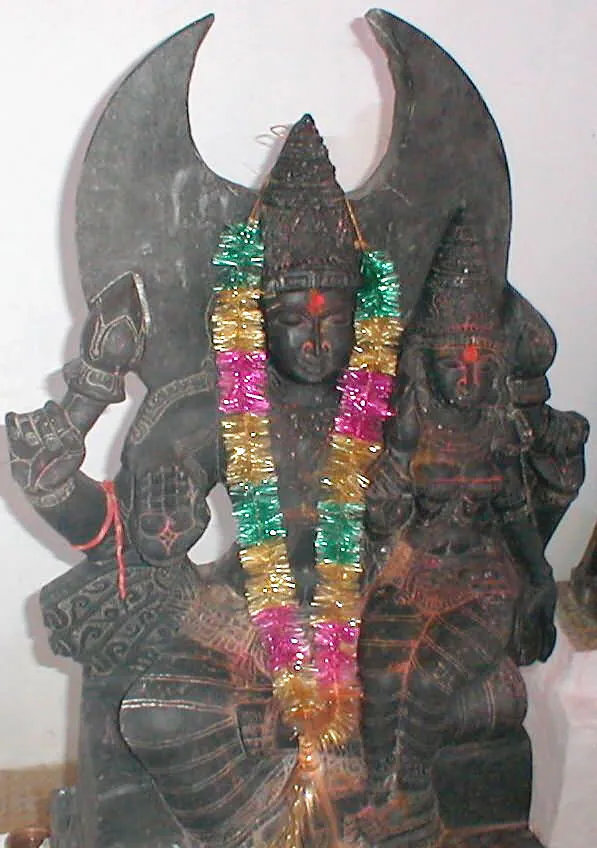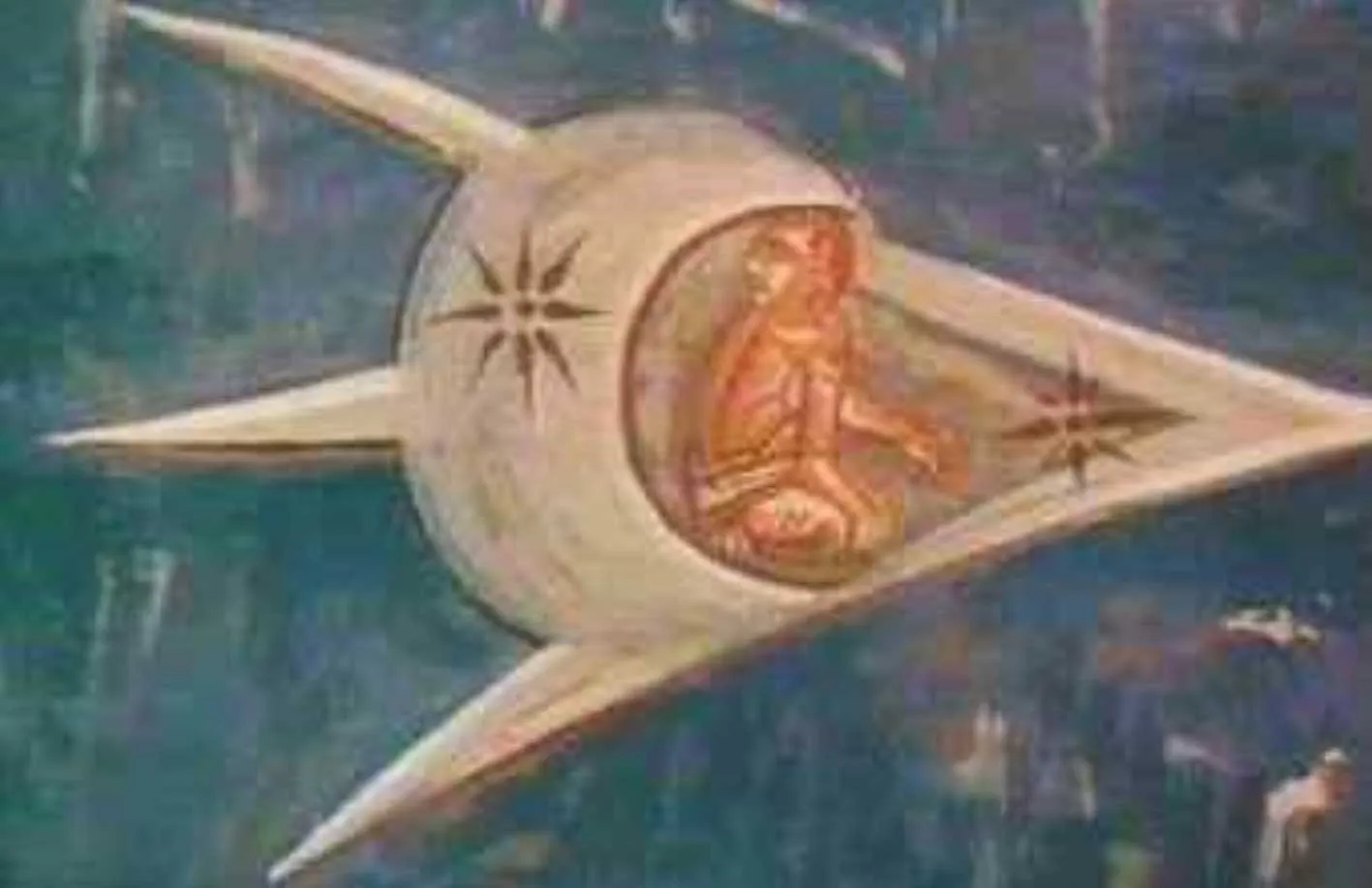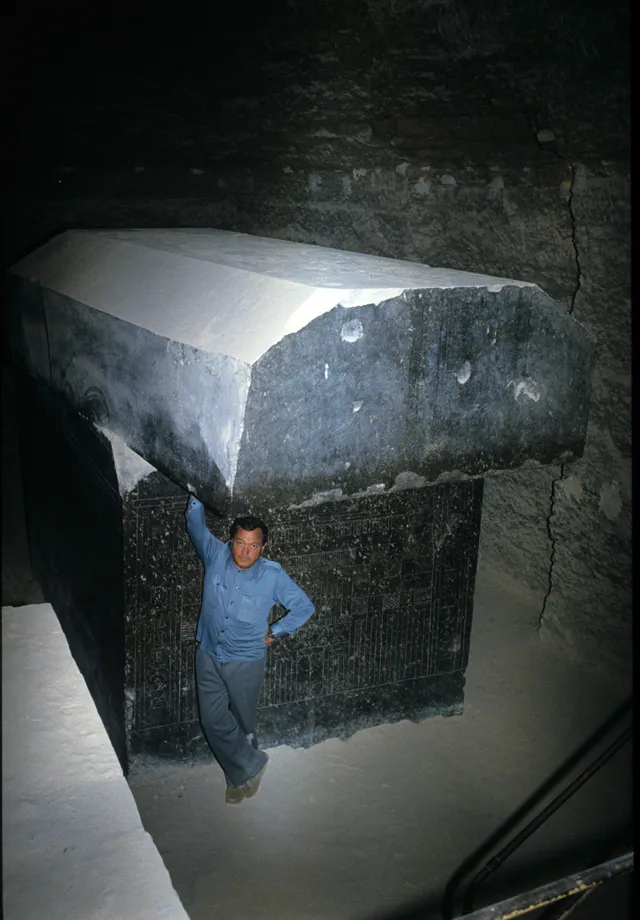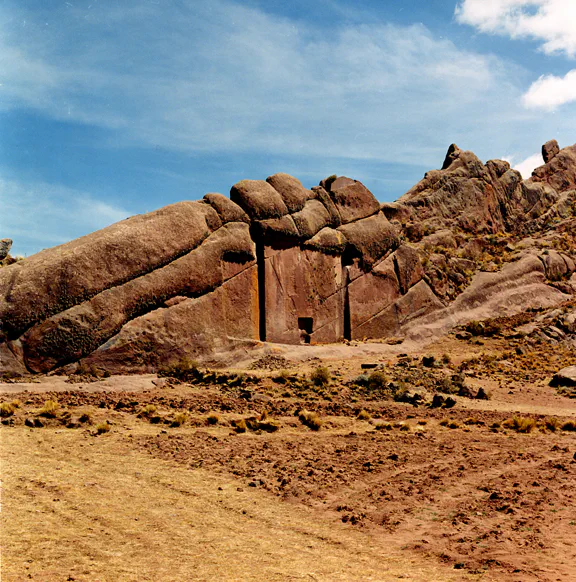Sanxingdui culture and archaeological site in China
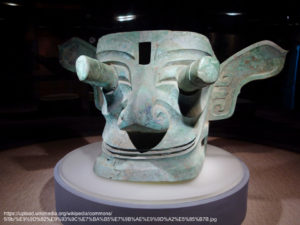 Real X-File ID: 5670
Real X-File ID: 5670
Report Date: 04/15/2021
Country: China
Place: Guanghan, Sichuan, China
Fingerprints: Traces of ancient advanced technology, Ancient historical records of extra terrestrial interaction, 3D Models
Existing Facts Sources: Pictures that obviously proof advanced engineering-skills or any other anomaly or strange behaviour, Internet article, Internet video (Youtube, Vimeo…), Book, Magazine
Summary Report:
Sanxingdui (Three Star Mound) is the name of an archaeological site and a major Bronze Age culture in modern Guanghan, Sichuan, China. Largely discovered in 1986, following a preliminary finding in 1929, archaeologists excavated remarkable artifacts that radiocarbon dating placed in the 12th–11th centuries BC. The type site for the Sanxingdui culture that produced these artifacts, archeologists have identified the locale with the ancient kingdom of Shu. The artifacts are displayed in the Sanxingdui Museum located near the city of Guanghan.
Ancient chinese texts describe the first regent Can Cong of the Shu-kingdom with great detail.
Researcher Alexander Knörr wrote in “Sagenhafte Zeiten Issue No. 4/2018 about the Sanxingdui-culture and the legendary figur called Can Cong. Where Can Cong came from, no one knows. He appeared when the people of the region knew neither writing, nor rituals, nor higher culture. He ruled for several hundred years until about the time when Sanxingdui was abruptly abandoned. According to ancient chinese legends (Handbook of Chinese Mythology, Oxford University Press), he had golden silkworms in his luggage, of which he gave one to each family. Can Cong taught silkworm breeding and everything related to silk. The golden silkworms had to be returned to Can Cong when normal silkworms came out of them. Can Cong had strikingly strange eyes, according to ancient texts. In the “Treatise on the Huayang State” (compiled around 300 A.D.), the eyes of the culture-bringer are described just as we can see them on three of the bronze masks excavated at Sanxingdui: protruding, cylindrical eyes that protrude horizontally from the face. Can Cong was widely known as Zong Mu Zhi Ren, “The Man with the Horizontally Protruding Eyes,” and was mentioned and described as such in several ancient Chinese writings.
The questions here are the same like with many other ancient cultures around the globe. What did they try to depict with these masks and figurines and what do the ancient legends try to convey to us?
Google Streetview: Google Streetview
Links: https://en.wikipedia.org/wiki/Sanxingdui
http://sxd.cn/en/
Facts Source Details:
Details of Internet Article: Robert W. Bagley,01/01/1988,https://www.persee.fr/doc/arasi_0004-3958_1988_num_43_1_1237
Details of Internet Video: Shao Ma,11/26/2021,https://youtu.be/eCAXCltdzvY
Details of Book: Handbook of Chinese Mythology,Lihui Yang,ABC-CLIO, Inc. resp. Oxford University Press,01/01/2005
Details of Magazine: Sagenhafte Zeiten Issue 04/2018,Alexander Knörr,A.A.S. GmbH, Forschungsgesellschaft für Archäologie, Astronautik und SETI,08/01/2018
Other Facts Details:
Handbook of Chinese Mythology additional Authors: Deming An and Jessica Anderson Turner
Handbook of Chinese Mythology Pages about Concang: 82 – 84
Handbook of Chinese Mythology: ISBN 1-57607-806-X (hardcover : alk. paper) — ISBN 1-57607-807-8 (eBook)
3D models of the Sanxingdui culture on sketchfab.com: https://sketchfab.com/search?category=cultural-heritage-history&q=Sanxingdui&type=models
Pictures:
